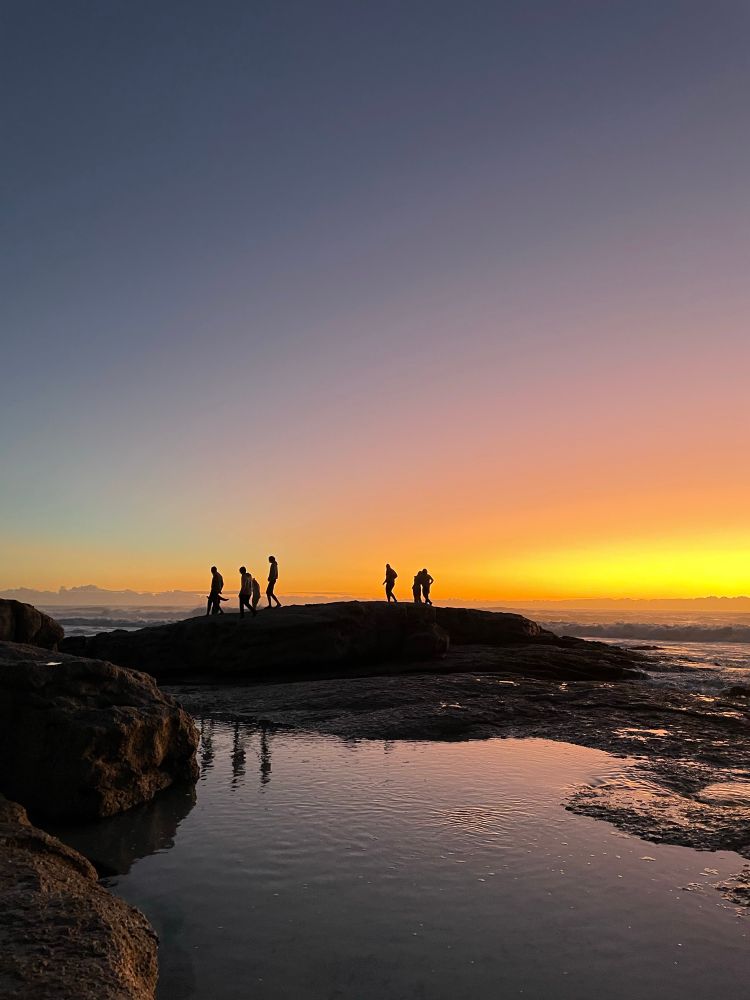
🧠🤖 Computational Neuroscience summer school IMBIZO in Cape Town is open for applications again!
💻🧬 3 weeks of intense coursework & projects with support from expert tutors and faculty
📈Apply until July 1st!
🔗https://imbizo.africa/
@tmshbr.bsky.social
PhD student in NeuroAI @Mila & McGill w/ Blake Richards. Top-down feedback and brainlike connectivity in ANNs.

🧠🤖 Computational Neuroscience summer school IMBIZO in Cape Town is open for applications again!
💻🧬 3 weeks of intense coursework & projects with support from expert tutors and faculty
📈Apply until July 1st!
🔗https://imbizo.africa/

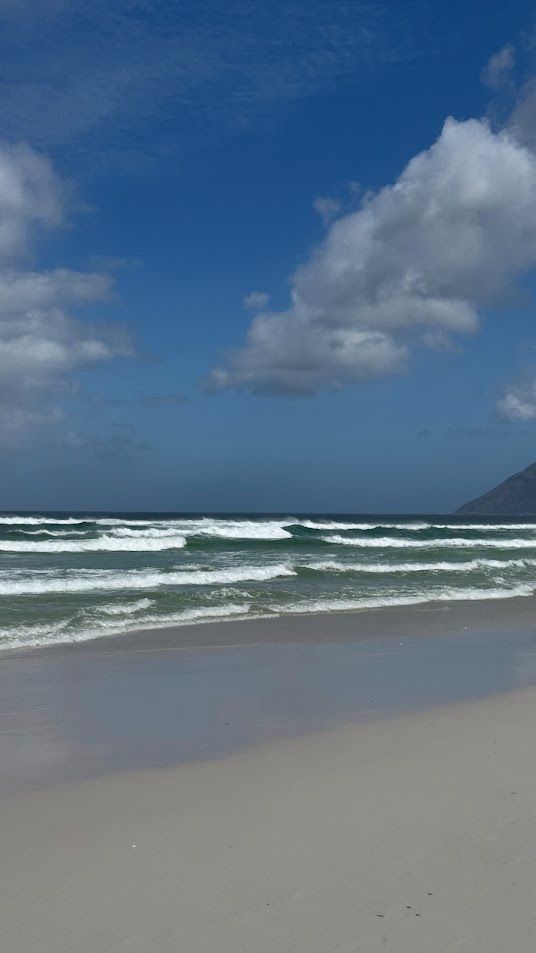
Want to spend 3 weeks in South Africa for an unforgettable summer school experience? Imbizo 2026 (imbizo.africa) student applications are OPEN! Lectures, new friends, and Noordhoek beach await. Apply by July 1!
More info and apply: imbizo.africa/apply/
#Imbizo2026 #CompNeuro
I love ResNet too, but I'm floored they're cited more than transformers, CNNs and the DSM V!
16.04.2025 18:07 — 👍 3 🔁 0 💬 1 📌 0The model uses ReLU activation like standard DNNs and doesn’t spike. The way we modeled it, feedback would provide a very small amount of driving input but otherwise just gain-modulate neurons already activated by feedforward input.
16.04.2025 16:28 — 👍 1 🔁 0 💬 1 📌 0Last but not least, thank you to @tyrellturing.bsky.social and @neuralensemble.bsky.social!
15.04.2025 20:40 — 👍 6 🔁 0 💬 1 📌 0We'd like to thank @elife.bsky.social and the reviewers for a very constructive review experience. As well, thanks to our funders, in particular HIBALL, CIFAR, and NSERC. This work was supported with computational resources by @mila-quebec.bsky.social and the Digital Research Alliance of Canada.
15.04.2025 20:36 — 👍 6 🔁 0 💬 1 📌 0These results show that modulatory top-down feedback has unique computational implications. As such, we believe that top-down feedback should be incorporated into DNN models of the brain more often. Our code base makes that easy!
15.04.2025 20:30 — 👍 4 🔁 0 💬 1 📌 0We found that top-down feedback, as implemented in our models, helps to determine the set of solutions available to the networks and the regional specializations that they develop.
15.04.2025 20:30 — 👍 3 🔁 0 💬 1 📌 0To summarize, we built a codebase for creating DNNs with top-down feedback, and we used it to examine the impact of top-down feedback on audio-visual integration tasks.
15.04.2025 20:30 — 👍 3 🔁 0 💬 1 📌 0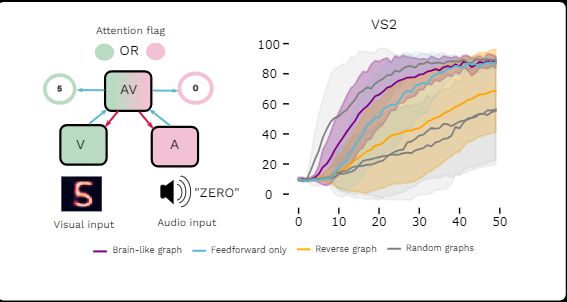
The models were then trained to identify either the auditory or visual stimuli based on an attention cue. The visual bias not only persisted, but helped the brainlike model learn to ignore distracting audio more quickly than other models.
15.04.2025 20:29 — 👍 3 🔁 0 💬 1 📌 0
We found that the brain-based model still had a visual bias even after being trained on auditory tasks. But, this bias didn’t hamper the model’s overall performance, and it mimics a consistently observed human visual bias (Posner et al 1974)
15.04.2025 20:27 — 👍 4 🔁 0 💬 1 📌 0
Conversely, when trained on a similar set of auditory categorization tasks, the human brain-based model was the best at integrating helpful visual information to resolve auditory ambiguity.
15.04.2025 20:27 — 👍 4 🔁 0 💬 1 📌 0
Interestingly, compared to other models, the human brain-based model was particularly proficient at ignoring irrelevant audio stimuli that didn’t help to resolve ambiguities.
15.04.2025 20:25 — 👍 4 🔁 0 💬 1 📌 0
To test the impact of different anatomies of modulatory feedback, we compared the performance of a model based on human anatomy with identically sized models with different configurations of feedback/feedforward connectivity.
15.04.2025 20:23 — 👍 3 🔁 0 💬 1 📌 0As an initial test, we wanted to see how using modulatory feedback could impact computation. To do this, we built an audio-visual model, based on human anatomy from the BigBrain and MICA-MICs datasets, and trained it to classify ambiguous stimuli.
15.04.2025 20:21 — 👍 5 🔁 0 💬 1 📌 0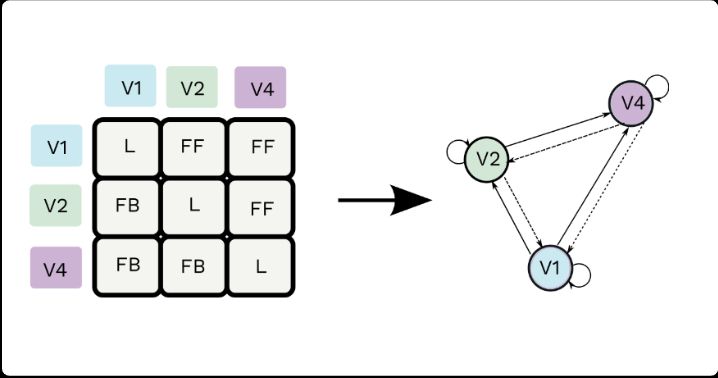
Each brain region is a recurrent convolutional network, and can receive two different types of input: driving feedforward and modulatory feedback. With this code, users can input macroscopic connectivity to build anatomically constrained DNNs.
15.04.2025 20:20 — 👍 4 🔁 0 💬 1 📌 0To model top-down feedback in neocortex, we built a freely available codebase that can be used to construct multi-input, topological, top-down and laterally recurrent DNNs that mimic neural anatomy. (github.com/masht18/conn... )
15.04.2025 20:18 — 👍 4 🔁 0 💬 1 📌 0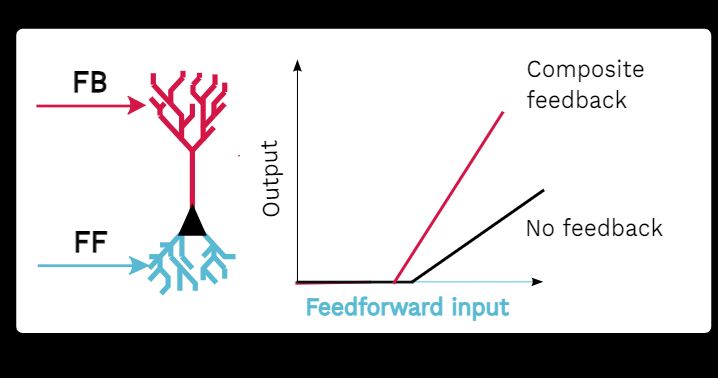
What does it mean to have “biologically-inspired top-down feedback”? In the brain, feedback does not drive pyramidal neurons directly, but it modulates the feedforward signal (both multiplicatively and additively), as described in Larkum et al 2004.
15.04.2025 20:18 — 👍 14 🔁 0 💬 2 📌 1Top-down feedback is ubiquitous in the brain and computationally distinct, but rarely modeled in deep neural networks. What happens when a DNN has biologically-inspired top-down feedback? 🧠📈
Our new paper explores this: elifesciences.org/reviewed-pre...
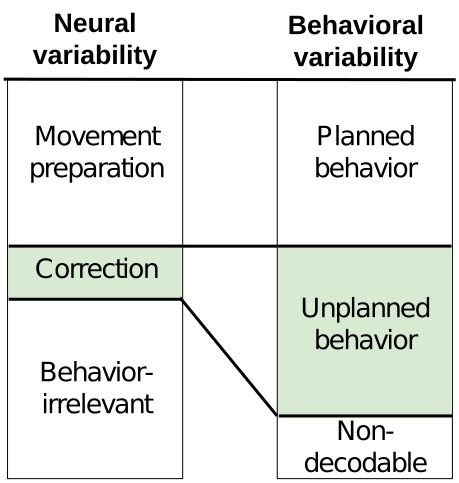
Excited to share our new pre-print on bioRxiv, in which we reveal that feedback-driven motor corrections are encoded in small, previously missed neural signals.
07.04.2025 14:54 — 👍 25 🔁 16 💬 1 📌 1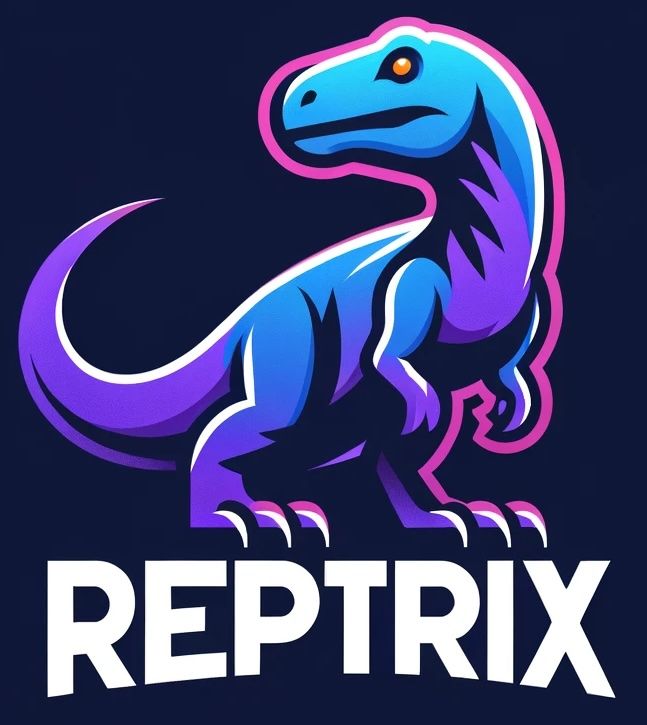
Are you training self-supervised/foundation models, and worried if they are learning good representations? We got you covered! 💪
🦖Introducing Reptrix, a #Python library to evaluate representation quality metrics for neural nets: github.com/BARL-SSL/rep...
🧵👇[1/6]
#DeepLearning
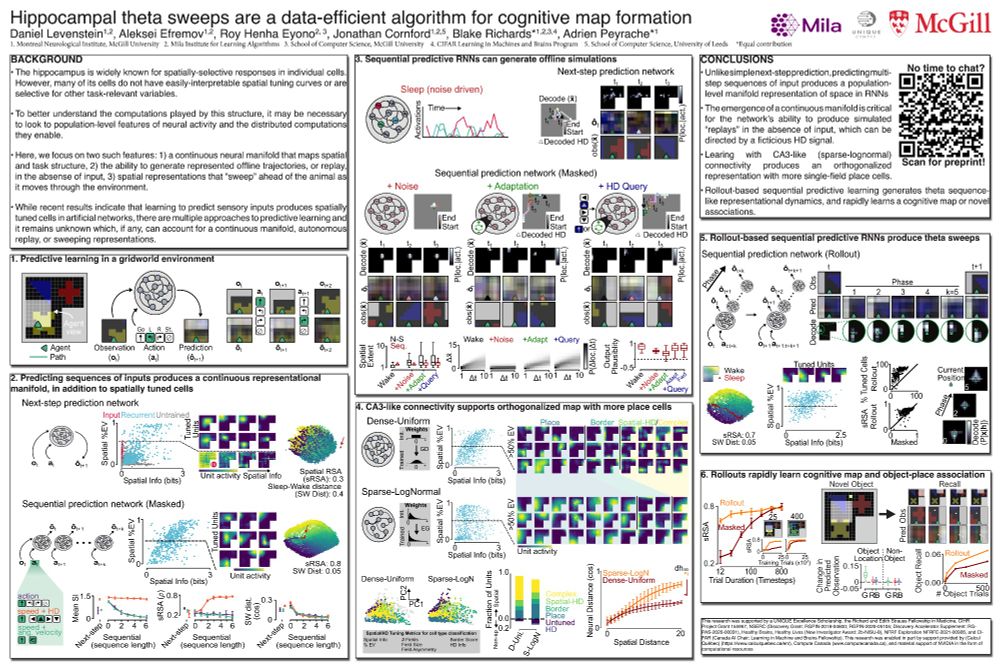
At #Cosyne2025? Come by my poster today (3-047) to hear how sequential predictive learning produces a continuous neural manifold with the ability to generate replay during sleep, and spatial representations that "sweep" ahead to future positions. All from sensory information alone!
29.03.2025 13:29 — 👍 76 🔁 16 💬 6 📌 0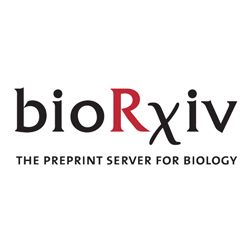
Very excited for the upcoming Cosyne in Montreal! I’ll be presenting my poster [2-126] Brain-like neural dynamics for behavioral control develop through reinforcement learning, on the Friday session at 13:15.
Feel free to drop by! The related pre-print is also out:
www.biorxiv.org/content/10.1...
📢 We have a new #NeuroAI postdoctoral position in the lab!
If you have a strong background in #NeuroAI or computational neuroscience, I’d love to hear from you.
(Repost please)
🧠📈🤖
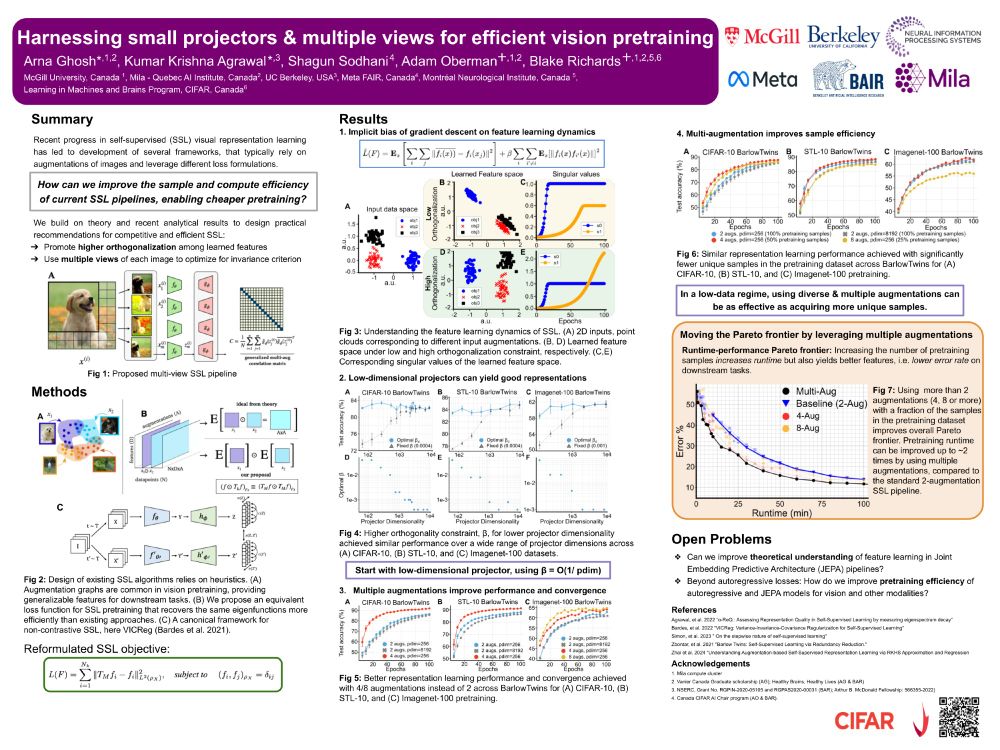
The problem with current SSL? It's hungry. Very hungry. 🤖
Training time: Weeks
Dataset size: Millions of images
Compute costs: 💸💸💸
Our #NeurIPS2024 poster makes SSL pipelines 2x faster and achieves similar accuracy at 50% pretraining cost! 💪🏼✨
🧵 1/8
Can I be added as well? Thank you!
22.11.2024 04:47 — 👍 1 🔁 0 💬 0 📌 0Why does #compneuro need new learning methods? ANN models are usually trained with Gradient Descent (GD), which violates biological realities like Dale’s law and log-normal weights. Here we describe a superior learning algorithm for comp neuro: Exponentiated Gradients (EG)! 1/12 #neuroscience 🧪
28.10.2024 17:18 — 👍 73 🔁 23 💬 4 📌 7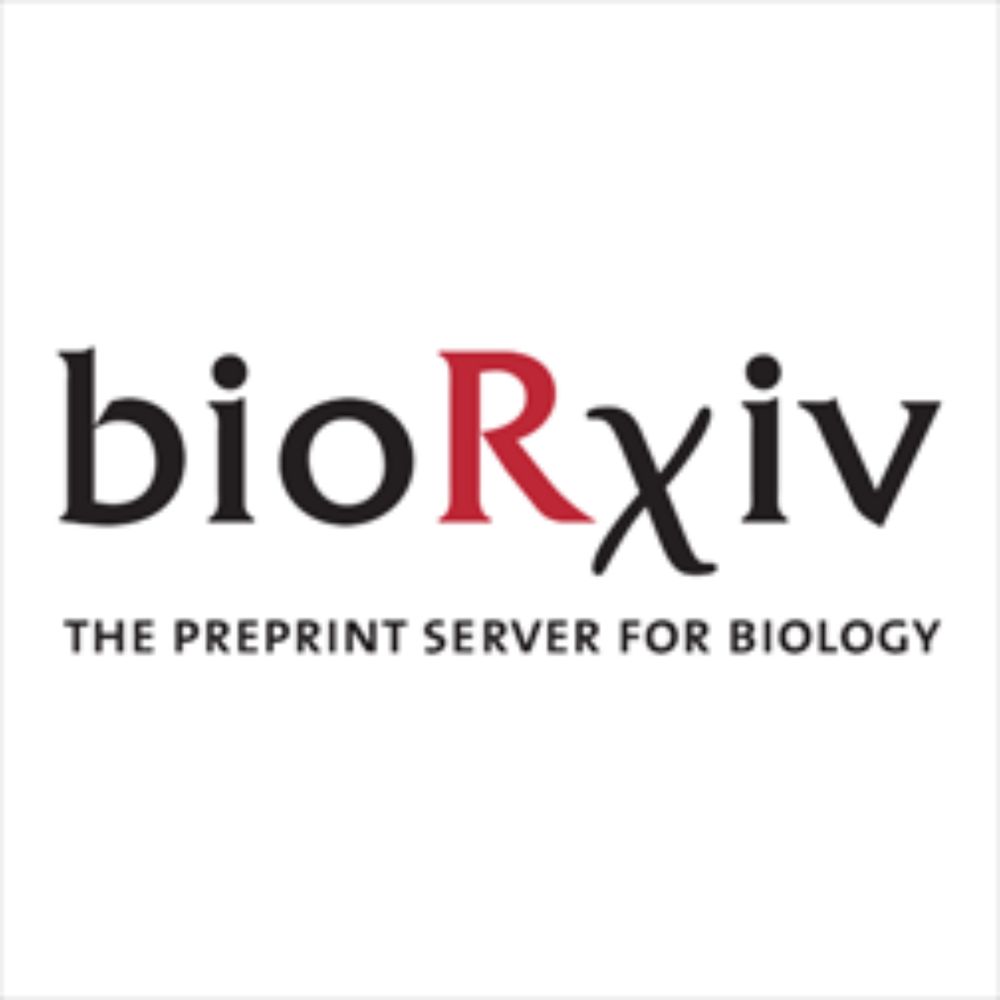
1. Hi all: I’m here to advertise our new preprint: www.biorxiv.org/content/10.1..., with Fabrice Normandin, @tyrellturing.bsky.social, and @glajoie.bsky.social!
08.10.2024 14:57 — 👍 43 🔁 11 💬 2 📌 5Yes! The feeling that someone else is invested in your work and sincerely wants to improve it is so invigorating.
11.10.2024 00:18 — 👍 2 🔁 0 💬 0 📌 0